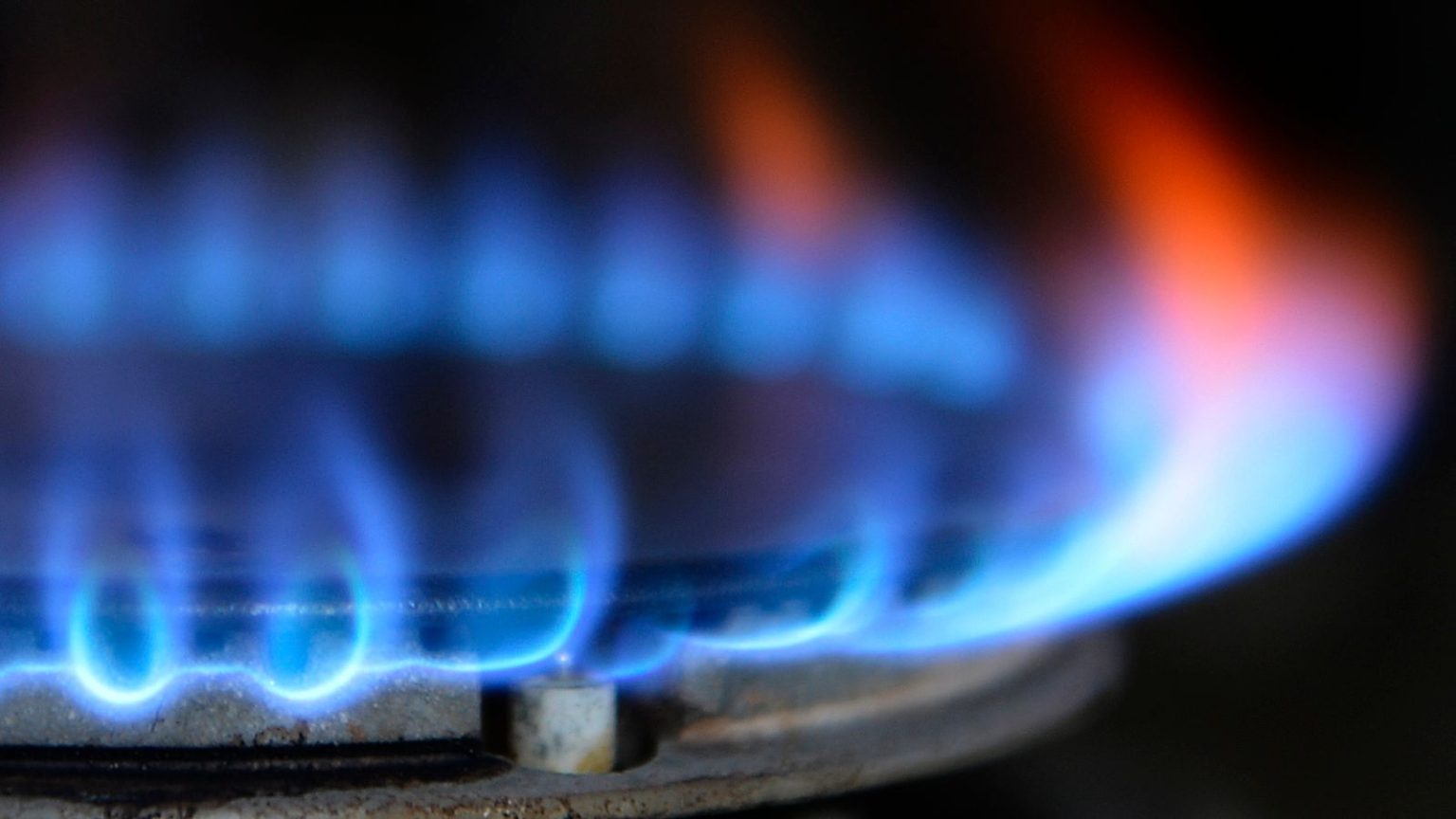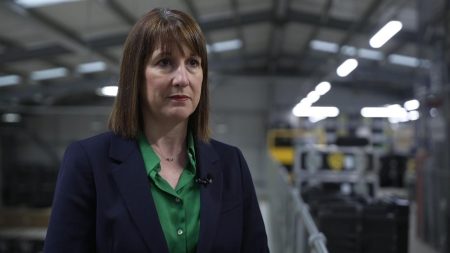Soaring British Wholesale Gas Prices: A Looming Crisis for Households
Rising Gas Prices and Their Impact on Energy Bills
British wholesale gas prices have surged to their highest level since January 2023, reaching 140 pence per therm. This spike is driven by a combination of factors, including critically low gas storage levels in the UK and across Europe, coupled with colder-than-usual weather. These conditions have ramped up demand for gas to heat homes, creating a perfect storm that is pushing energy costs upward. With electricity prices closely tied to wholesale gas costs, households are bracing for even more expensive energy bills in the coming months.
Britain’s Vulnerability: Limited Storage and Reliance on Imports
The UK’s limited gas storage capacity and heavy reliance on European imports have exacerbated the crisis. Unlike its European neighbors, Britain has fewer facilities to stockpile gas, leaving it more exposed to price volatility. The owner of the country’s largest gas storage site recently warned that storage levels are "concerningly low." Across Europe, storage levels have dropped to around 50% of capacity, significantly below the 70% levels seen this time last year. This depletion is largely attributed to extended periods of cold weather, which have drained reserves at an unprecedented rate.
The Role of Global Trade Tensions and Geopolitical Uncertainty
The situation has been further complicated by growing global trade tensions and geopolitical instability. On Monday, China imposed a 15% tariff on U.S. gas exports, retaliating against tariffs on Chinese imports introduced by former President Donald Trump. This escalation has raised fears of supply disruptions and further price hikes. The ongoing conflict in Ukraine has also played a significant role in driving up gas costs. Since Russia’s invasion in 2020, Europe has sought to reduce its dependence on Russian gas, but Moscow remains a key supplier to the continent. This delicate balance of power leaves the region vulnerable to supply shocks.
The Cumulative Effect on Household Energy Bills
Energy bills were already becoming more expensive before the latest price surge. At the start of last month, the energy regulator Ofgem raised the energy price cap, which sets the maximum unit cost of energy for households. This cap is reviewed and updated every three months, and further increases are expected in April. A final decision on the cap for April, May, and June will be made on February 25. With wholesale gas prices at a two-year high, consumers are facing a bleak outlook, as rising costs are likely to be passed on to them in the form of higher bills.
The Broader Implications of Britain’s Gas Dependency
Despite efforts to transition to cleaner energy sources, the UK remains heavily reliant on gas for both electricity generation and home heating. This dependency makes the country particularly vulnerable to fluctuations in global gas markets. Gas is typically purchased during cheaper summer months and stored for use during peak demand periods, such as winter. However, with storage levels at historic lows, the UK is now facing a shortfall just when it needs it most. The current crisis highlights the urgent need for greater energy independence and a faster transition to renewable energy sources.
Looking Ahead: A Challenging Road for Households and Policymakers
The combination of low storage levels, cold weather, and global tensions has created a challenging landscape for both households and policymakers. As energy bills continue to rise, the financial burden on British households is expected to grow. Policymakers are under increasing pressure to find solutions, whether through short-term measures to stabilize prices or long-term investments in energy infrastructure and renewable energy. For now, the outlook remains uncertain, with the UK and Europe bracing for what could be a difficult and expensive winter ahead.















